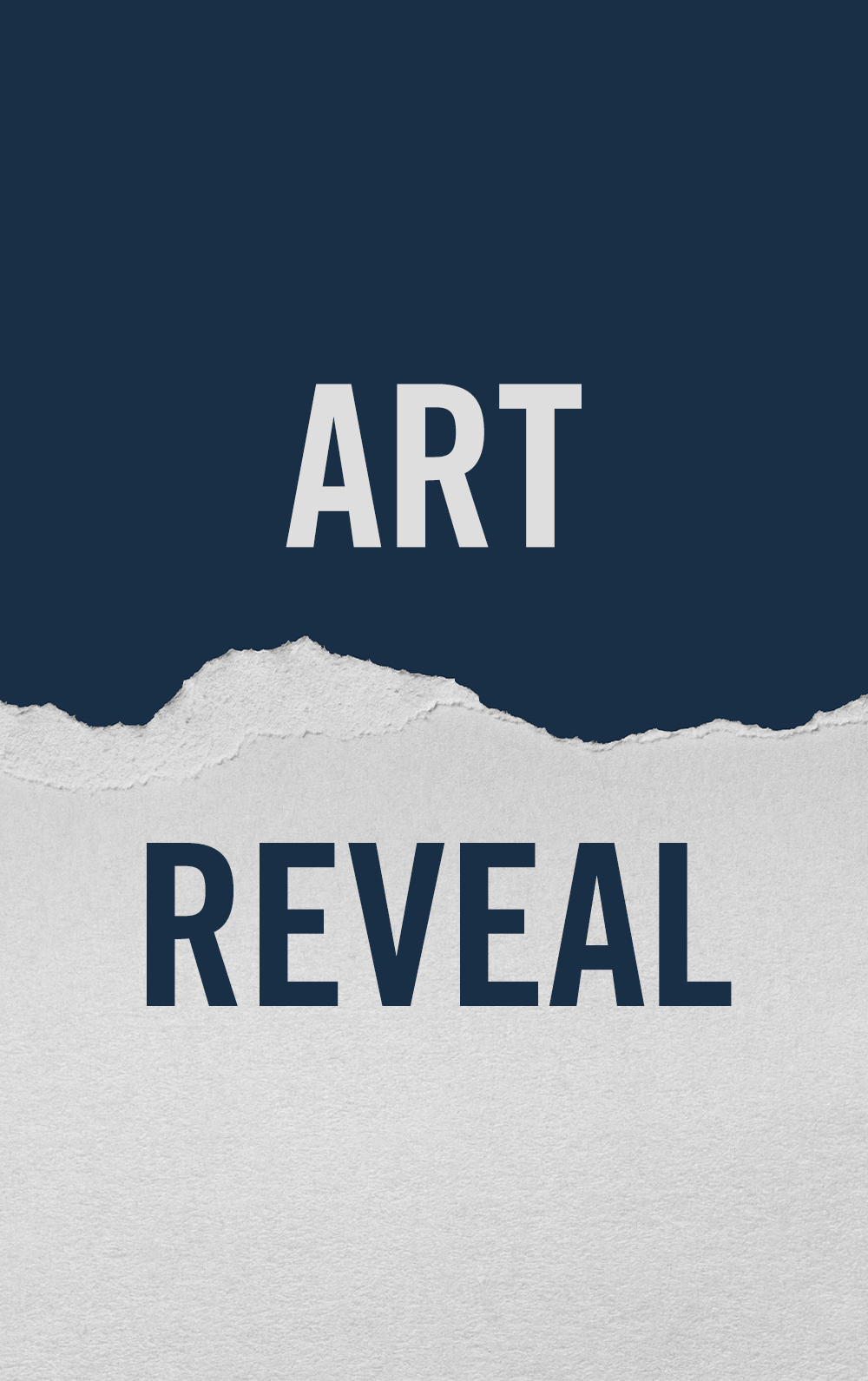
Today we're showing three pieces of artwork from our May 2024 series books! Let us know in the comments which books you'd like to see featured in our June 2024 Artwork Reveal!
Warships in the War of the Pacific 1879–83: South America's ironclad naval campaign
By Angus Konstam
Illustrated by Paul Wright

THE BATTLE OF IQUIQUE, 21 MAY 1879
The commander of the Chilean Navy, Contralmirante Williams, realized that the key to victory in
the war against Peru was to gain control of the seas. He started by blockading the port of Iquique,
the centre of Peru’s lucrative nitrate industry, a move designed to cripple the country’s economy.
However, when Williams moved the bulk of his fleet north to blockade Peru’s main naval base of
Callao, he found the enemy ironclads weren’t there. Instead, the Peruvian Capitán Grau led the
ironclads Huascár and Independencia south to break the blockade of Iquique. When
Grau’s ironclads arrived, they found the blockading force had been reduced to two unarmoured
ships – the corvette Esmeralda and the gunboat Covadonga.
During the battle that followed the Huascár engaged the Esmeralda, while the Independencia
pursued the Covadonga as she withdrew to the south. The Esmeralda’s shells bounced off the
ironclad’s armour, but the Huascár’s gunnery was abysmal, and in 90 minutes she only hit the
corvette twice. One of these, though, damaged Esmeralda’s engines, leaving her dead in the water.
Grau then attempted to ram the wooden warship, which proved ineffective as the angle of
collision was too oblique, and the speed of the ironclad was too slow. Seizing the moment,
Capitán Prat of the Esmeralda jumped aboard the ironclad, hoping his men would follow him.
Only one did though, and both boarders were quickly cut down. This illustration captures the
moment the two ships struck, at 10.30am. Eventually the Huascár would win the unequal contest,
sinking the Esmeralda on her third ramming attempt.
Artwork requested by Paul Williams.
U-2 ‘Dragon Lady’ Units 1955-90
By Peter E. Davies
Illustrated by Gareth Hector and Jim Laurier

Artwork requested by Adam Cooper.
The War Underground 1914–18: Tactics and Equipment
By Simon Jones
Illustrated by Adam Hook

MINERS’ WORKING DRESS AND INSIGNIA
(1) German working dress and insignia
Dating from 1915–17, this Prussian Pionier wears the M1910 field cap and trousers, the jacket from the drill uniform and M1866 boots. He carries a CEAG standard electric safety lamp. The insignia displayed below him include sleeve badges for the 1. Bayerische Mineur-Kompagnie, 1915–18 (2), and the 8. Bayerische Mineur-Kompagnie, 1916–18 (3), and the shoulder strap for a soldier of the Sächsische Pionier Mineur- Kompagnie Nr. 333, 1916–18 (4).
(5) French working dress and insignia
Dating from 1916–17, this drill operator wears an M1915 Adrian helmet and a mixture of 1915 horizon-blue uniform and private clothing. He holds an Ingersoll-Rand ‘Little David’ pneumatic jackhammer drill. The insignia displayed beside him include the sleeve badge worn by sappers of the chasseurs à pied in 1914–15 (6), alongside those worn by corporals and privates of the infantry sappers (7) and NCOs of the infantry pioneers (8) during 1915–18.
(9) British working dress and insignia
Dating from 1915–16, this member of 185th Tunnelling Company in the Somme sector wears a Pattern 1914 Service Dress winter cap, without cap badge, having recently been transferred from an infantry battalion; an over-shirt of anunidentified pattern worn by tunnellers, which resembles a New Zealand Swanndri; and rubber trench waders. The insignia displayed next to him include the shoulder straps worn by officers, warrant officers and sergeants (10) and corporals and sappers (11) of 173rd Tunnelling Company, 1915–18; the shoulder straps worn by officers (12) and other ranks (13) of 254th Tunnelling Company, c.1916–18; the sleeve badges worn by various tunnelling companies during 1917–18, including British and 2nd Canadian (14), 1st Canadian (15), 3rd Canadian (16) and 3rd Australian (17); and the sleeve badge worn by the Australian Electrical and Mechanical Mining and Boring Company, 1917–18 (18).
Artwork requested by Daniel Figueroa Giraldez.


Comments
You must be logged in to comment on this post. Click here to log in.
Submit your comment